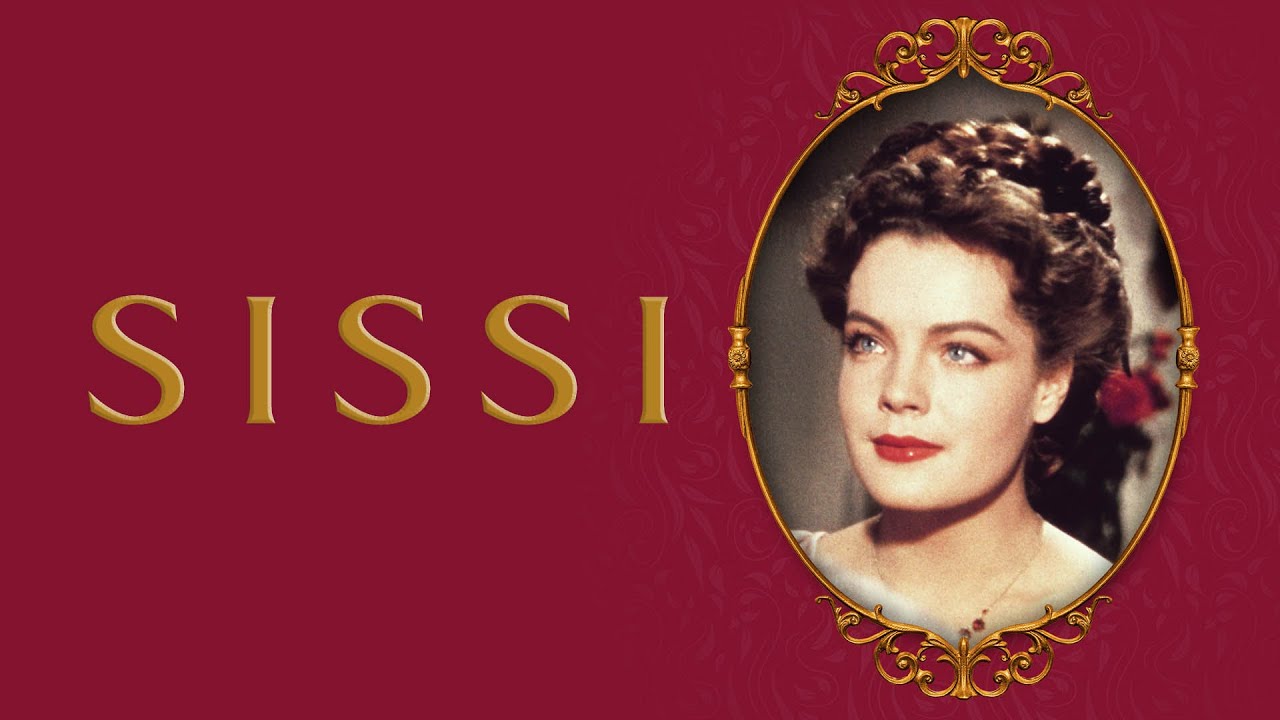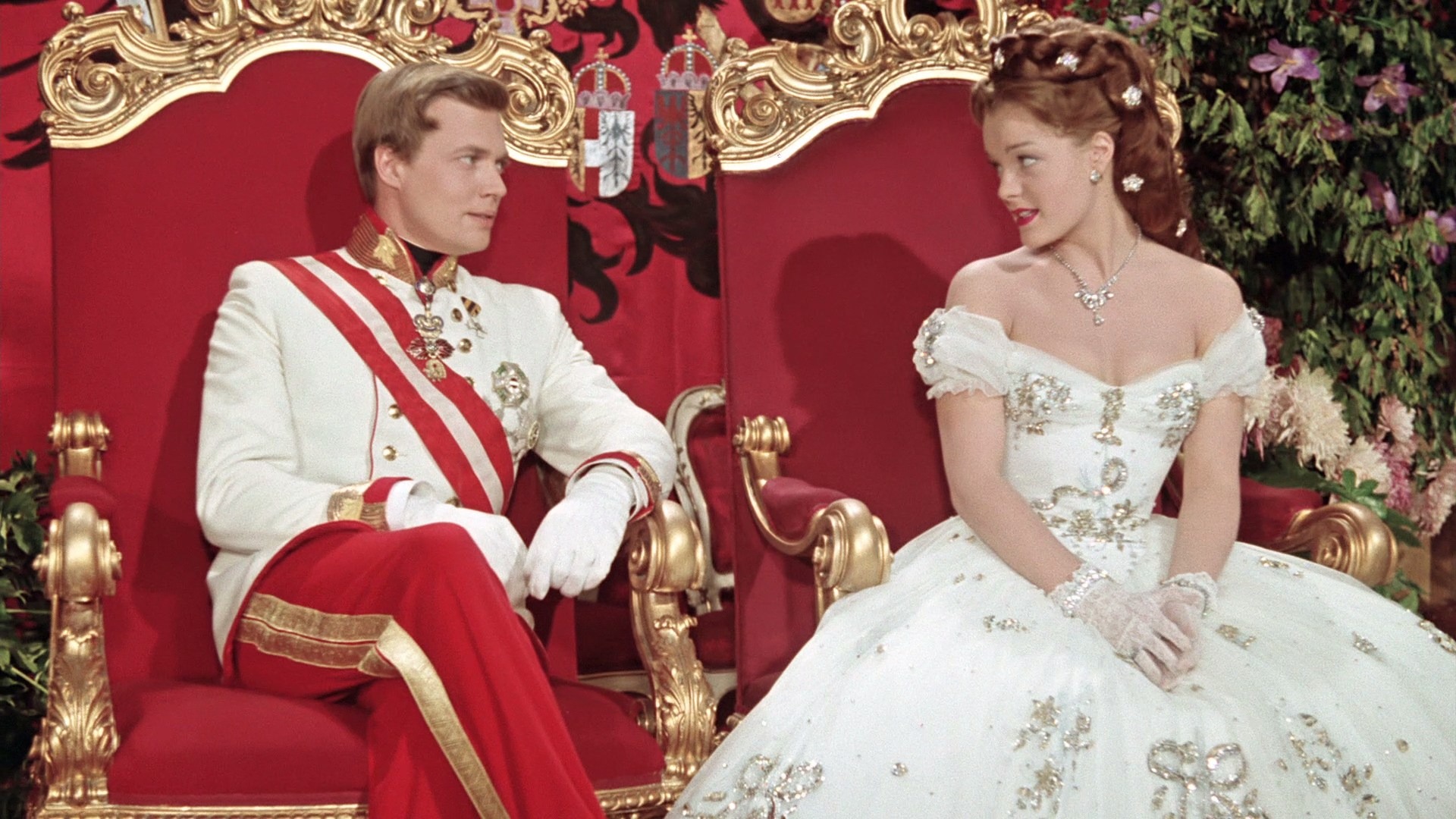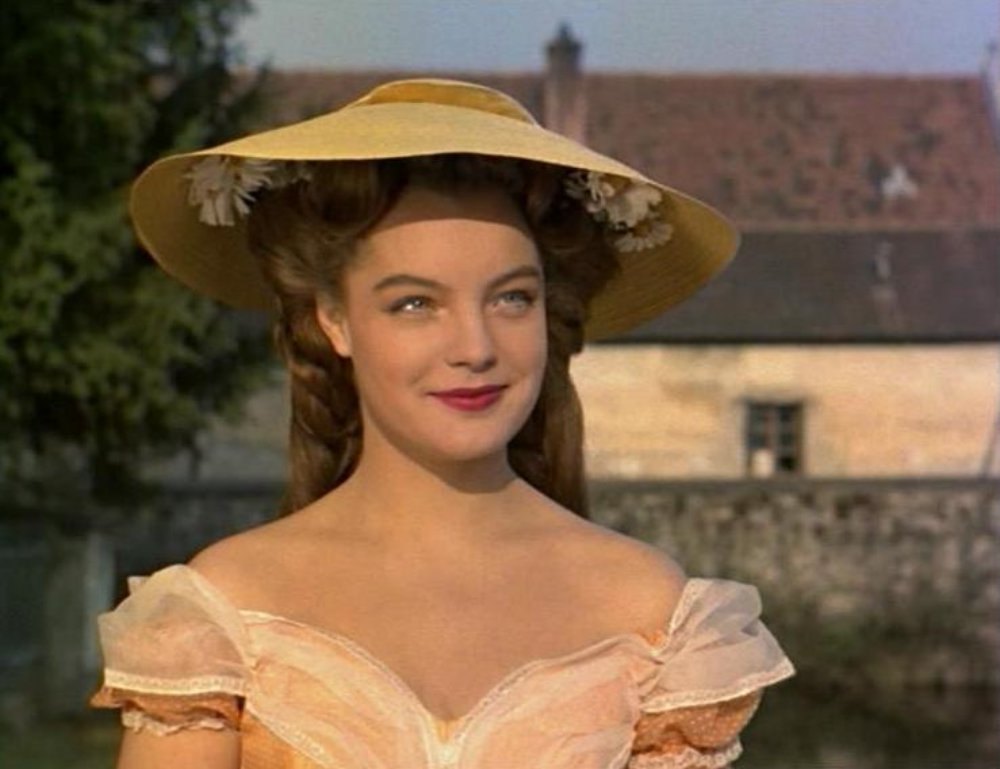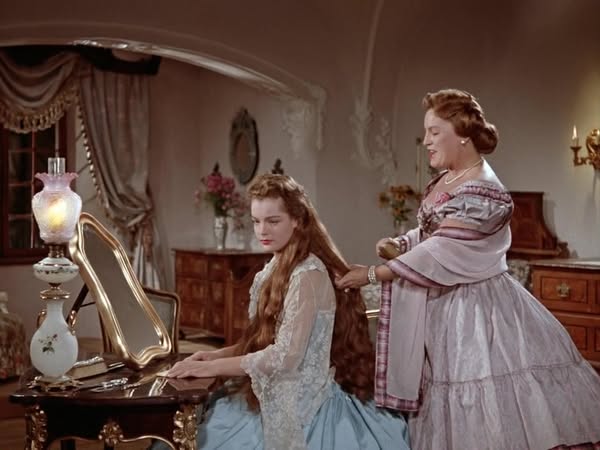Sissi (1955)

“Sissi” is a 1955 Austrian historical romance film directed by Ernst Marischka. It is the first part of a trilogy based on the life of Elisabeth of Bavaria, also known as Sissi, who became the Empress of Austria. The film stars Romy Schneider as the young Sissi, Karlheinz Böhm as Emperor Franz Joseph, and features a stellar supporting cast. With its captivating storytelling, lush cinematography, and memorable performances, “Sissi” has become a beloved classic that portrays the early years of a royal romance that transcends both personal desire and royal duty.
The story begins when Sissi, a young and free-spirited princess from Bavaria, meets Franz Joseph, the Emperor of Austria, during a summer vacation. Their first encounter is unexpected, and despite their differences in social status, they quickly develop a deep affection for each other. Sissi’s charm and beauty capture Franz Joseph’s heart, and they soon fall in love. The film paints a picture of their blossoming relationship, filled with romance, passion, and the tension of royal expectations. The love story between Sissi and Franz Joseph is at the heart of the film, showcasing their youthful innocence and strong emotional connection.
Romy Schneider’s portrayal of Sissi is one of the defining features of the film. She brings a sense of grace, charm, and vulnerability to the character, making Sissi both relatable and aspirational. As the young princess, she is portrayed as a free spirit, full of energy and curiosity, which contrasts with the formalities and constraints of the royal court. Her chemistry with Karlheinz Böhm, who plays Emperor Franz Joseph, is undeniable, and their on-screen romance feels genuine and heartfelt. Their performances elevate the film, making the audience care deeply about the characters and their relationship.

However, as the film progresses, Sissi’s journey takes a more complex turn. After their marriage, she is thrust into the rigid and often suffocating life at the Austrian imperial court. The expectations of her new role as Empress come with their own set of challenges, and Sissi must learn to navigate the pressures of royal duty, family politics, and public scrutiny. The film explores the tension between personal freedom and the responsibilities that come with being part of a royal family, providing a nuanced view of Sissi’s character development.

The film’s production values are outstanding, particularly in its costumes and settings. The opulence of the royal palace and the elegance of the period costumes bring 19th-century Europe to life. The lavish sets and beautiful landscapes of Austria also contribute to the film’s romantic atmosphere. The cinematography enhances the story’s emotional depth, capturing both the grandeur of the royal world and the intimacy of Sissi’s personal struggles. The attention to detail in the film’s visuals allows viewers to immerse themselves in the historical context of the story.

In conclusion, “Sissi” is a timeless romantic film that continues to captivate audiences with its beautiful portrayal of love, duty, and personal growth. Through its memorable performances, stunning visuals, and heartfelt storytelling, it offers a glimpse into the life of a young woman who navigates the complexities of royal life while remaining true to her heart. The film’s enduring popularity speaks to its universal themes of love, sacrifice, and the challenges of balancing personal desires with societal expectations. It remains a beloved classic that continues to inspire audiences around the world.











